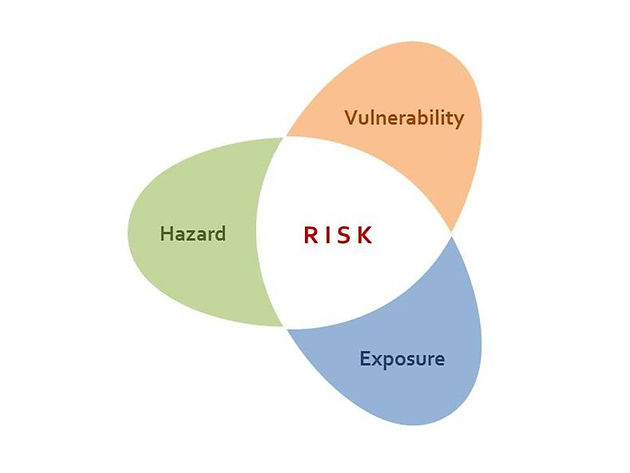The construction industry is in a constantly changing. With new rules, regulations, risks and safety standards, it can be a tough task to keep up with the changes to comply with all the various regulations. Agile organizations that embrace change and use software for construction safety are finding they have a competitive edge.
If your business is still to lagging in using construction safety software, it is not too late to start. Improve construction safety with checklists and risk assessments. The reality is that software can help
you manage quality and safety processes with more efficiency and accuracy, delivering a return on investment via lower costs and claims. Before you choose software, consider what features you need or your
business.

Integration with your current software
Everyone
uses different software tools for project management. Look for software that integrates or replaces your current software. Construction safety should be an integral part of project management. Using software helps
to provide transparency about how construction projects are progressing. It helps you identify and take action to avert potential problems before they occur. This saves money and time.
Tracks workplace incidents
The construction industry has a high level of workplace injury. It can be a dangerous place to work. This means there is always an accident waiting to happen as workers go about their work on a job if everyone is not alert. It is vital you record health and safety incidents issues immediately. Record them within your construction safety software using a smartphone from the job. These records can be important for future risk
planning or proof of legislative compliance.
Provides team mobility
Good construction safety software will supply access to iPhone and Android apps for your team to use on the go. This allows team access to the system no matter where you are. Make sure the software you choose is
versatile enough no matter what operating system you all use.
Customization of Project software
No two organizations are alike or have the same needs. This means construction project software must allow for customization to meet individual organizational needs. There is no point investing in software you cannot adapt to your specific needs. This includes reporting and processes as well as tracking and recording all construction projects.
Easy access to forms
The construction industry has many forms to fill out. From budget and project updates to safety protocols and contracts, it is often vital to access them on the spot. Make sure the software has easy access to these from wherever you are.

Access to mobile signatures
While on the topic of easy access, make sure your software gives you the ability to sign documents from wherever you are. This will speed up the efficiency of your business. It will also make the workplace safer as decisions are made on the go based on real-time data.
Ability to record voice to text
It is important for construction safety software to have the ability to convert voice to text. This gives you the ability to record things like safety issues or incidents in real-time using a smartphone. This allows you to continue working hands free.
Records staff training and certifications
If you have more than a few employees, it can be difficult keeping up with their training and certifications. This is a vital to your business. You must comply with local, state and federal health and safety legislation. Software that can store staff training and certification
records will send out notifications so everyone meets their deadlines. It will also have the ability to view these as reports to see how each staff member is progressing along their learning path.
These are just some of the features to consider when buying software to help you keep construction safety at work. Talk to the specialists for expert advice on the best software to meet your needs
records will send out notifications so everyone meets their deadlines. It will also have the ability to view these as reports to see how each staff member is progressing along their learning path.



